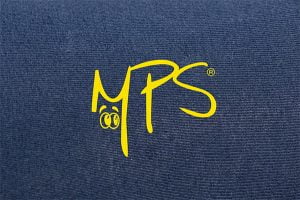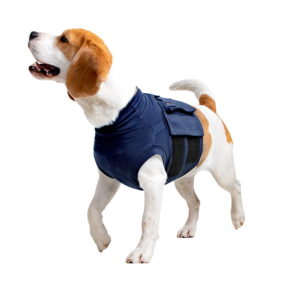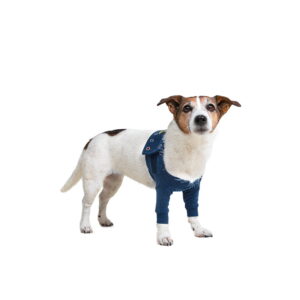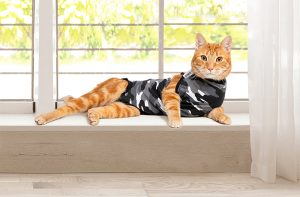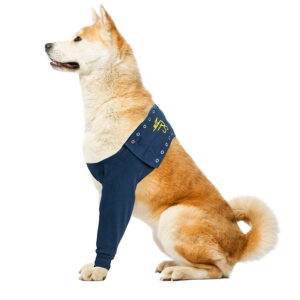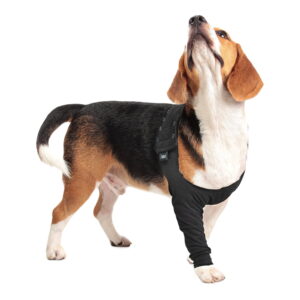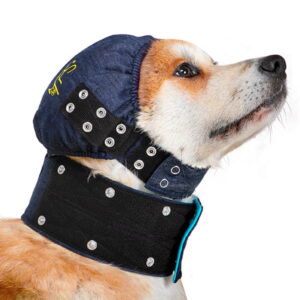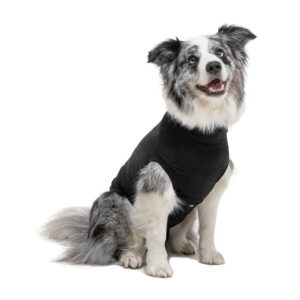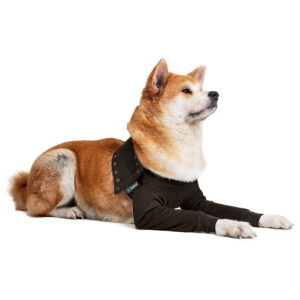Medical Pet Recovery Suits & Sleeves: Your FAQs Answered (South Africa)0
Our pet recovery shirts and sleeves have arrived in South Africa, and we’re thrilled to see vet practices and caring pet parents choosing them as a kinder alternative to the cone of shame (E-collar). Because this is still new to many SA pet owners, we’ve put together a practical buying guide plus FAQs to help you pick the right option quickly and confidently.
Important note: We’re loving pet parents and product experts, not vets. For any medical concern, please follow your veterinarian’s advice. Our guidance is aligned with what many SA vets recommend for post-surgery care and skin conditions.
—
Are recovery suits better than the cone of shame (E-collar)?
In many cases, yes—especially for comfort, hygiene, and stress reduction.
- Comfort and calm: Soft, breathable fabric reduces the anxiety and frustration pets often feel in a hard plastic cone.
- Free movement: Fewer bumps on furniture, easier access to food and water bowls, and better sleep positions.
- Cleaner healing: The covered area stays protected from dirt and curious noses or paws.
- Targeted protection: Sleeves can guard a foreleg or hind leg wound without restricting vision or mobility.
When might a cone still be best?
- If your pet is a determined licker/chewer who can still reach the wound.
- For certain head/ear/eye procedures where full access must be blocked.
- If your vet specifically instructs you to use an E-collar.
Tip: Some pets do best with a “combo approach” (suit by day, cone by night) in the first few days. Always follow your vet’s guidance.
—
How long should my pet wear a recovery suit?
It depends on the procedure and your vet’s instructions. As a general guide:
- Routine spay/neuter and minor wound care: often 7–14 days.
- Larger incisions or skin conditions: sometimes longer, with regular check-ups.
Helpful tips:
- Keep a spare suit so you can wash and rotate daily during the early healing phase.
- Watch for signs of rubbing or dampness; a clean, dry layer promotes better healing.
- If bandages or drains are present, ask your vet how to use a suit or sleeve safely around them.
Learn more:
- How Long Should My Pet Wear a Recovery Suit?: /how-long-should-my-pet-wear-a-recovery-suit/
Need a second suit? Shop Now.
—
Sizing and Fit: How to measure your dog or cat
A well-fitted recovery shirt/suit makes all the difference.
Measure: 1) Back length (base of neck to base of tail) 2) Chest girth (around the widest part of the ribcage) 3) Neck circumference (where the collar sits) 4) For sleeves: measure limb length and upper leg circumference
Fit check:
- Snug, not tight: You should be able to slide two fingers under the fabric.
- No gaping at the abdomen, no pulling at the shoulders.
- Cats need a close, comfortable fit so they can move and toilet easily.
Brands can fit differently (e.g., Suitical vs MPS Vet Recovery). Use our size chart and chat if you’re unsure.
—
Can pets eat, drink, sleep, and use the toilet in a suit?
Yes—well-designed recovery suits are made for everyday life:
- Eating and drinking: No blocked vision or bowl bumping like with a cone.
- Sleeping: Soft stretch fabrics allow natural sleeping positions.
- Toilet time: Most suits have a simple open/close or fold-back section around the perineal area. For dogs, unfasten the lower panel before outdoor wees/poos and refasten afterward. For cats, the built-in opening allows litter-tray use.
—
Care, washing, and breathable materials
Most premium recovery shirts/suits use breathable cotton-elastane or similar blends.
- Washing: Machine wash cold, gentle cycle. Avoid fabric softener and bleach. Air dry to preserve stretch.
- Rotation: Have two on hand during the first week after surgery—one worn, one washed.
- Check stitching/fastenings daily for hygiene and security.
—
When a cone is still the best choice
Sometimes an E-collar remains necessary. Your vet may recommend a cone if:
- The wound is on the head/face/ears/eyes where a suit won’t prevent access.
- Your pet can still reach the site despite a suit/sleeve.
- There are drains or heavily exudative wounds that must stay airy and untouched.
If a cone is required, you can still use a suit or sleeve to keep the area cleaner and reduce overall stress, then remove the suit for short, supervised breaks if your vet approves.
—
Shop recovery suits in South Africa
Find the right option for your pet’s specific need:
- Recovery suits/shirts for spay/neuter and abdominal surgeries
- Single or double front leg sleeves (great for hot spots, elbow calluses, paw/leg wounds)
- Recovery shirts for skin allergies or chronic licking
- Cat surgery onesies designed for slim, flexible builds
Prefer a known brand?
- Suitical recovery suit options
- MPS Vet Recovery range
Ask us which fits best for your breed and body shape.
—
Frequently Asked Questions
Do recovery suits stop licking and chewing?
They significantly reduce access and make licking/chewing harder. Determined pets may still try—monitor closely in the first 24–48 hours. If your pet persists, ask your vet about adding a cone temporarily.
Can I use a recovery suit after spay/neuter?
Yes, that’s one of the most common uses for dogs and cats. Suits protect stitches from contamination and gentle scratching/licking. Always follow your vet’s post-op instructions.
Do I need more than one suit?
We recommend two if your pet will wear the suit for a week or more. That way you can wash and rotate daily to keep the area clean and dry.
Can my pet wear a recovery suit at night?
Absolutely. Most pets sleep better in a soft suit than in a hard cone. Check for comfortable fit and ensure bathroom access before bedtime.
How do I choose between a shirt and a sleeve?
- Choose a shirt/suit for spay/neuter, abdominal or flank surgeries, and generalized skin issues.
- Choose a sleeve for localized foreleg/hock/elbow injuries or hot spots. For multiple leg issues, consider a double front-leg sleeve.
Not sure? Chat to Support
Are recovery suits better than cones?
For many pets, yes—especially for comfort, mobility, and cleanliness. Some cases still require a cone. When in doubt, follow your vet’s instructions. Read more: /the-cone-of-shame-why-its-time-to-consider-alternatives/
How do I measure my dog or cat for a recovery suit?
Measure back length, chest girth, and neck circumference; check our size chart; and chat to us if you’re between sizes. S
—
Real-world uses and tips (South Africa)
Common reasons SA vets and pet parents choose recovery clothing:
- After spay/neuter (dogs and cats)
- To stop licking stitches, hotspots, or wound dressings
- To protect allergy-prone skin from overgrooming or chewing
- For leg/foot/elbow injuries where a recovery sleeve is more practical than a full suit
Seasonal note: In summer hotspot season, a breathable recovery shirt can help break the itch–lick cycle while medication and topical care do their job.
—
Why shop TailMe?
- Vet-aligned guidance and carefully chosen brands
- Local stock, fast SA delivery, and easy returns
- Friendly, knowledgeable support to help you pick the right size and style

